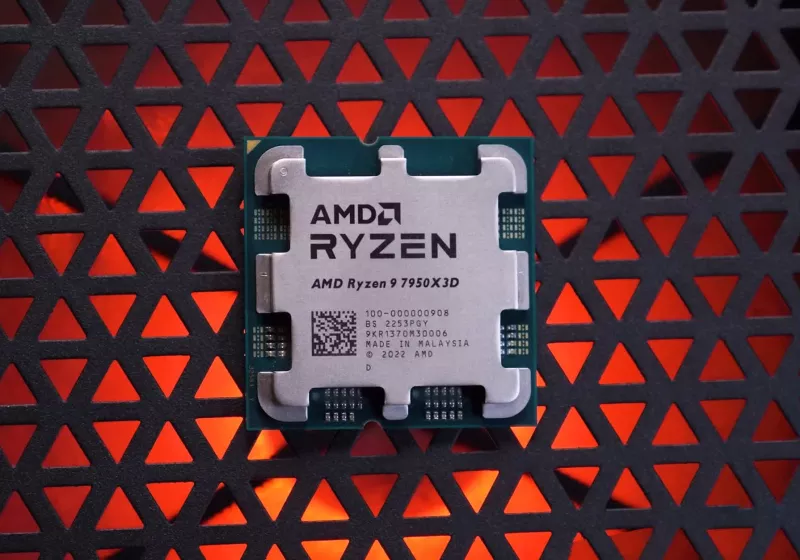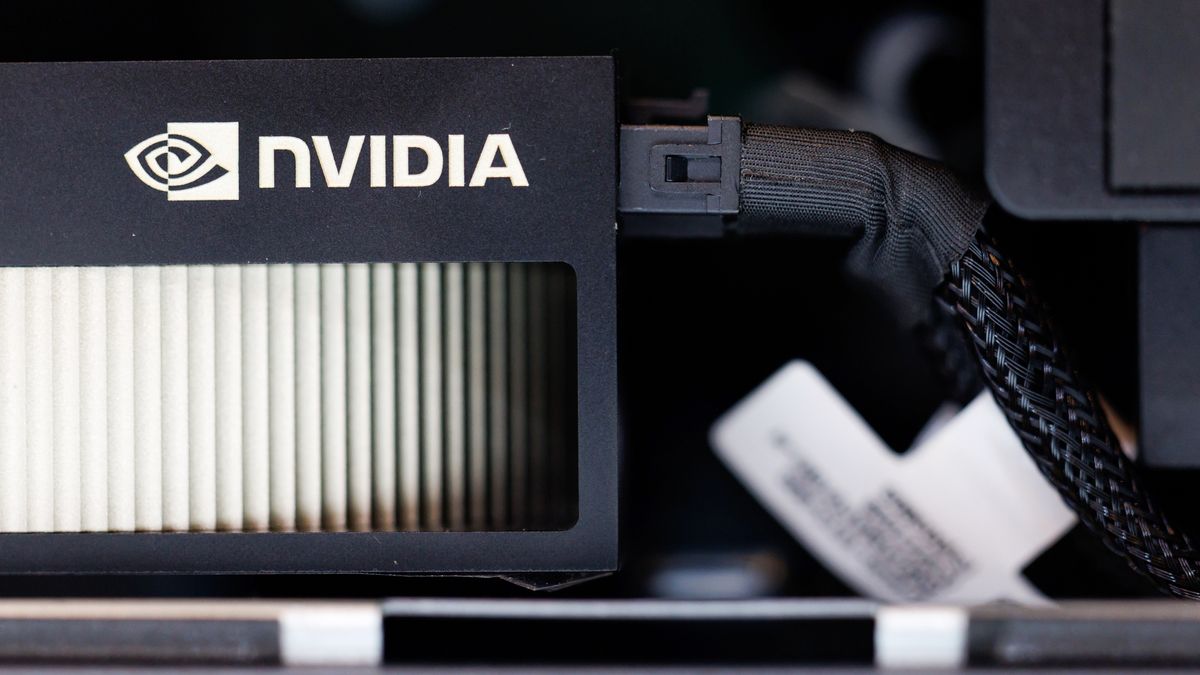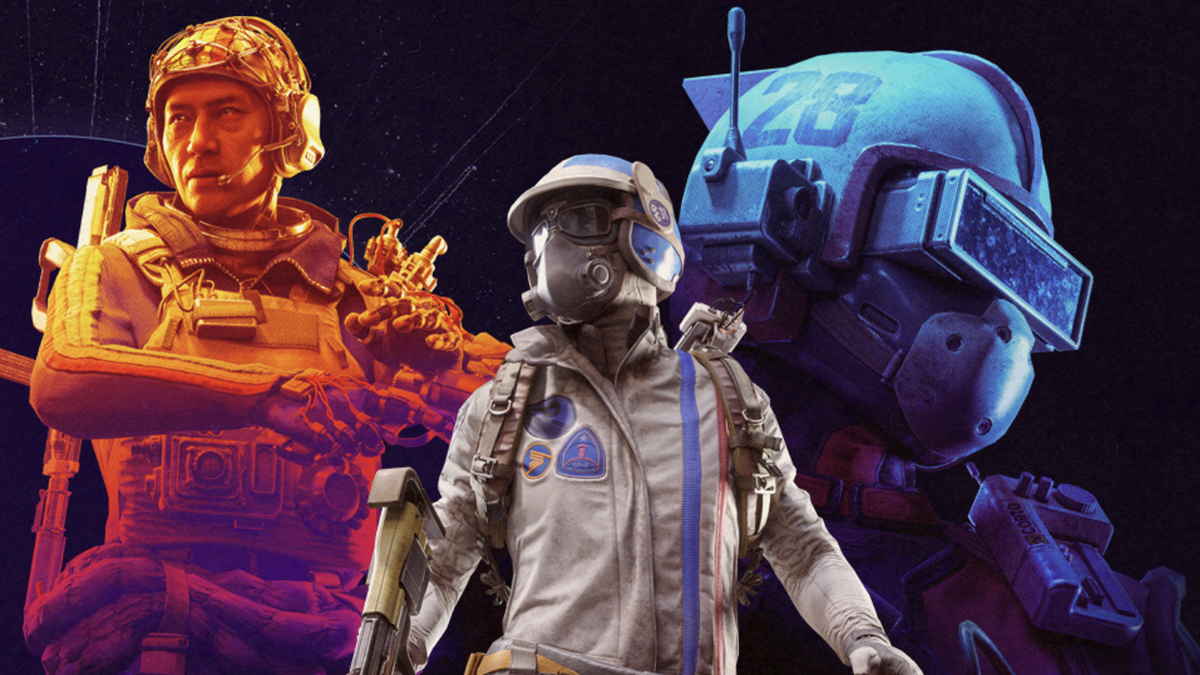
1 of 18Boeing Space via US Space Force
Aerobraking in orbit
Seven times now, an X-37B space plane has traveled to orbit and returned to Earth, each time spending months and months in space. The seventh mission ended March 7, 2025, when the uncrewed, reusable X-37B Orbital Test Vehicle-7 landed at Vandenberg Space Force Base in California. It had been in orbit for 434 days, or more than 14 months, after leaving Earth's gravity aboard a SpaceX Falcon Heavy rocket in December 2023.
The US Space Force doesn't reveal much about what the X-37B does on its celestial patrols, but it did say that OTV-7 conducted a "novel aerobraking maneuver" to change its orbit using the drag of the Earth's atmosphere while minimizing fuel use, as depicted in the artist's rendering above.
2 of 18Staff Sgt. Adam Shanks/US Space Forc e
X-37B on tarmac at night
The previous X-37B mission, OTV-6, ended on Nov. 12, 2022 with touchdown at NASA's Kennedy Space Center shuttle landing facility in Florida, after its blastoff on an Atlas V rocket in May 2020. This trip entailed a record 908 days (or 2 years, 6 months) of experiments in orbit according to the Space Force, which now manages what had been an Air Force asset.
"The X-37B continues to push the boundaries of experimentation," Lt. Col. Joseph Fritschen, the X-37B program director, said in a statement at the time.
3 of 18US Air Force/Jeremy Webster
X-37B after landing
On OTV-6, one experiment conducted on behalf of the Naval Research Laboratory, involved an antenna module designed to capture solar rays and use them to transmit power to the Earth as radio frequency microwave energy. Another experiment, this time for NASA, aimed to investigate the effect of long-duration space exposure on seeds. The OTV-6 mission also left behind a small satellite that US Air Force Academy cadets can use, the Space Force said, for "hands-on experience as space operators."
The photo above shows the X-37B after landing in 2019.
4 of 18US Air Force/Timothy Kirchner
Riding a SpaceX rocket
The fifth mission, known as OTV-5 (for "orbital test vehicle") was in space for 780 days, from September 2017 to October 2019. It started with a liftoff atop a SpaceX Falcon 9 rocket.
The Air Force -- which wouldn't see the Space Force broken out into a separate branch until December 2019 -- wasn't in the habit of revealing much about what the unmanned X-37B spacecraft does while circling the planet, but Randy Walden, director of the Air Force Rapid Capabilities Office, did say this much at the time: "This mission successfully hosted Air Force Research Laboratory experiments, among others, as well as providing a ride for small satellites."
5 of 18US Air Force
A no-nonsense nose
Mission OTV-4 landed at the Kennedy Space Center on May 7, 2017, after 718 days in orbit. Over the course of six missions, the two X-37B space planes in existence have flown for more than 3,700 days. (The space plane was designed for in-orbit duration of 270 days, the Air Force has said in the past.)
6 of 18US Air Force/Michael Martin
A ride of a different kind
The reusable X-37B gets a ride back to maintenance facilities after the May 2017 landing. The space planes -- there are two of them -- were built by Boeing.
7 of 18U.S. Air Force photo/Michael Stonecypher
Space plane at rest
A shroud of darkness becomes the X-37B Orbital Test Vehicle. This photo shows the first X-37B, designated OTV-1, on the runway at Vandenberg Air Force Base in California on Dec. 3, 2010, just after it returned from its debut trip into space, which lasted 224 days.
The second X-37B, OTV-2, touched down on Earth on June 16. It had lifted off on March 5, 2011 -- meaning it was orbit for 469 days, easily doubling the record of its older sibling.
8 of 18U.S. Air Force photo/Michael Stonecypher
Have protective garb, will inspect
Technicians in self-contained protective suits close in on the X-37B for initial checks on that December 2010 night. The space plane bears a striking resemblance to the much larger space shuttles, and for a reason -- they share a common heritage in NASA's work on lifting-body vehicles. In fact, the X-37 initially was a NASA project that ran from 1999 through 2004, though the space agency never got as far as building that orbital vehicle. The Air Force and Boeing picked up where NASA left off to build the X-37B.
9 of 18Boeing
No pilot, no windshield
There is no cockpit on the X-37B because there are no human occupants. The space plane is built to fly autonomously. When the Air Force decides it's time for the mission to end, a command gets sent from the ground and the vehicle commences with autonomous reentry, descent and landing.
Back in 2012, Wired's Danger Room blog offered a good in-depth look at the development and use of the X-37B.
10 of 18Screenshot by Bill Harwood/CNET
With its nose all aglow
In this infrared view, the X-37B's nose still glows with high temperatures as the unmanned space plane (OTV-2) rolls down the runway at Vandenberg Air Force Base on June 16, 2012.
11 of 18Boeing
In for servicing
After a long slog in orbit, what space plane wouldn't want to head back indoors for a little servicing?
12 of 18NASA
Solar power
Power for the X-37B while it's in orbit comes from the sun. The Air Force has noted in the past that the space plane is equipped with gallium arsenide solar cells and lithium ion batteries. This artist's rendering is from 2003, back when the X-37, as yet unbuilt, was still in NASA's hands (PDF).
13 of 18NASA
Cargo bay with space plane
This artist's rendering, also from nearly two decades ago, gives a sense of the X-37B's size relative to that of the space shuttle. NASA said at the time that two X-37 vehicles could fit in the cargo bay of a shuttle. (The cargo bay of the X-37B, meanwhile, is roughly the size of a pickup truck bed.)
Here's the tale of the tape for the X-37B: It's 29 feet, 3 inches long, stands 9 feet, 6 inches high, and has a wing span of just under 15 feet. Its weight at launch: 11,000 pounds.
14 of 18Boeing
On the flight line
In March 2010, back before it ever flew, the X-37B posed for this picture on a runway in Titusville, Florida. During its debut orbital mission that year, the space plane traveled some 91 million miles, according to the Air Force. It's designed to operate in low Earth orbit, or between 110 and 500 miles above Earth.
A very up-to-date design, the X-37B has no hydraulics on board, according to Boeing. Instead, flight controls and brakes are activated through electromechanical means.
15 of 18Boeing
A nose for space travel
The X-37B features lightweight composite materials, improved insulation on the leading edge of the wings and heat-shield tiles that "are significantly more durable than the first generation tiles used by the space shuttle," according to a Boeing website description. "All avionics on the X-37B are designed to automate all de-orbit and landing functions."
16 of 18Boeing
Tough tiles
An X-37B stands in front of part of the fairing that protects it during launch, showing off the silica tiles on its underside. On the leading edge of the wings, meanwhile, are TUFROC (toughened uni-piece fibrous refractory oxidation-resistant ceramic) tiles, which NASA named the government winner of its 2011 Invention of the Year Award.
17 of 18Boeing
If the fairing fits
Where the space shuttles rode exposed alongside the rockets that lifted them off the launch pad, the X-37B is nestled in a protective fairing that sits atop the rocket, which for the first flights was a United Launch Alliance Atlas V.
18 of 18U.S. Air Force photo/John Connell
A new era begins
The OTV-1 version of the X-37B lifts off on its maiden voyage atop an Atlas V rocket, ensconced in its fairing, on April 22, 2010. "History was made in December [2010]," Craig Cooning, head of Boeing's Space and Intelligence Systems, said in a statement marking the launch of OTV-2, "when the X-37B became the United States' first unmanned vehicle to return from space and land on its own."








 English (US) ·
English (US) ·